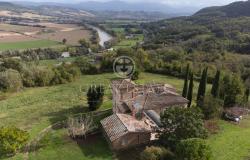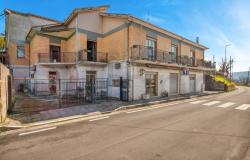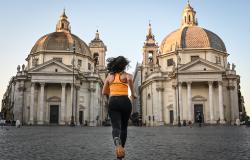 Rome's first solo show on Paul Gauguin looks at the resonance of the Eternal city's myths and legend in the the art of French post-Impressionist painter.
Rome's first solo show on Paul Gauguin looks at the resonance of the Eternal city's myths and legend in the the art of French post-Impressionist painter.
With 150 paintings on loan from top museums around the world, including the Hermitage in St Petersburg and Washington's National Gallery of Art, the exhibit covers a full range of Gauguin's work.
Paul Gauguin. Artista di Mito e Sogno (Paul Gauguin. Artist of Myth and Dreams) opens with the artist's earliest experiments, dominated by Impressionist techniques, and chart his move towards Cloisonnism, with its bold patches of colour and black lines.
The later section of the show looks at his shift towards the movement he helped pioneer, Synthetism, which sought to place an equal emphasis on colour and form, while expressing the artist's feelings about the subject.
According to the US curator of the exhibit, Stephen Eisenmann, the common thread between many of the works is the idea that Gauguin "belonged to Rome as much as to France and the Pacific".
The artist's yearning for the past and his fascination with so-called Primitive art are rooted in the legends of Rome, claims Eisenmann.
"The treasures of ancient Rome include its myths and dreams of a golden age," he explained.
"This cultural heritage, recreating remote times and places dominated by perfect peace and abundance, is represented in the poetry and prose of Ovid, Virgil and other Roman authors".
Yet despite this starting point, the exhibition aims to present a broad range of work from different periods in Gauguin's career, reflecting his classical work, as well as his more symbolic pieces.
It features a number of his most famous works, including several paintings from his years in Tahiti, such as Black Pigs (1891) and his portraits of young Tahitian women, as well as his self-portraits.
In addition, there is a selection of works from his period in the Breton area of Pont Aven, during his final, brief stint in France before he settled indefinitely in the Pacific.
The exhibition is on show at Rome's Vittoriano Complex until February 3.













